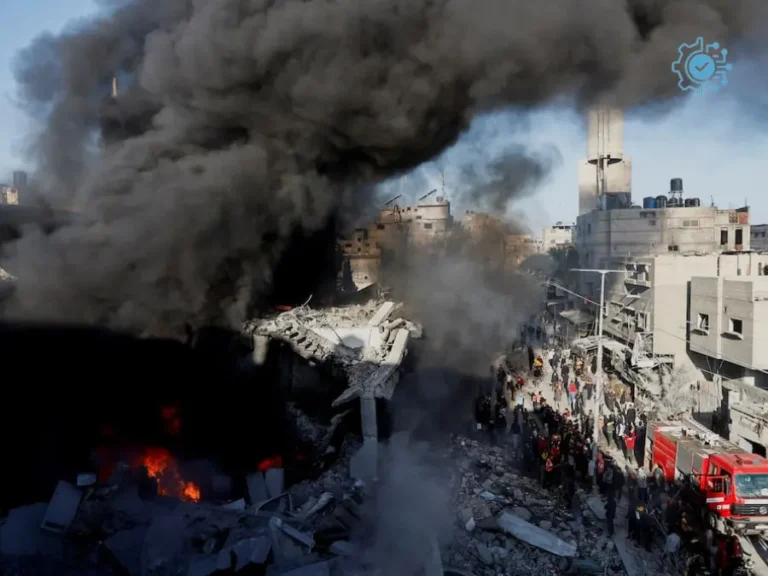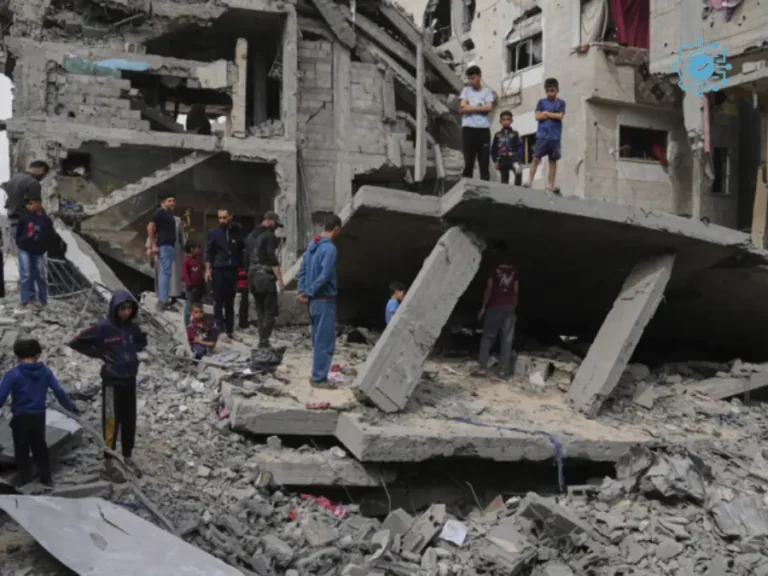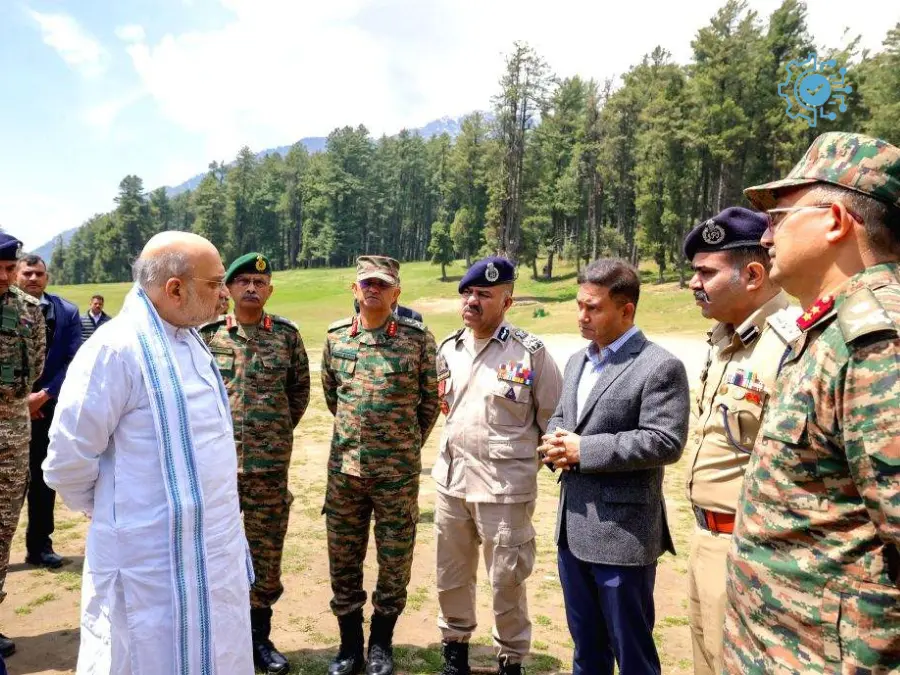Kashmir Attack
On April 22, 2025, a peaceful afternoon in Pahalgam turned into a nightmare when gunmen opened fire on tourists at Baisaran meadow. This Kashmir attack claimed at least 26 lives and injured dozens more. Investigators now suspect five militants—three from Pakistan and two local recruits—executed the Pahalgam attack, marking the deadliest assault on tourists in Indian-held Kashmir in a quarter century.
How the Pahalgam Attack Unfolded
Tourists had gathered for pony rides and tea among the pine forests above Pahalgam. At roughly 2:45 pm, militants in camouflage burst from nearby trees and began indiscriminate firing. Witnesses immediately fled in panic, but the Pahalgam attack caught many off guard. Security forces rushed in only after the Pahalgam attack ended, by which time the carnage was done.
Eyewitness Accounts
“We thought balloons had burst. Then bullets flew,” recalled 28‑year‑old Simran Chandani, who survived the Pahalgam attack. She described tourists trampling each other as they scrambled to escape. In the mayhem, Chandani heard more shots and saw bodies fall—her arm grazed by shrapnel from the Pahalgam attack.
Victims of the Pahalgam Attack
The Pahalgam attack hit civilians holidaying in Kashmir’s scenic valley. The dead included a newlywed naval officer on honeymoon, a 68‑year‑old former banker, an accountant, a realtor, and a Gulf‑return expatriate. Their families now mourn the victims of this Pahalgam attack.
Terrorist Affiliations and Propaganda
Initial probes link the Pahalgam attack to Lashkar‑e‑Taiba and Jaish‑e‑Mohammed affiliates. Security officers discovered that the militants recorded the Pahalgam attack using body‑mounted cameras—a tactic Lashkar has used for propaganda. Those videos will likely surface online in the wake of the Pahalgam attack.
Security Response
Delhi scrambled reinforcements after the Pahalgam attack. Paramilitary CRPF units cordoned off the meadow while local police began a manhunt across the Pir Panjal ridges. The National Investigation Agency (NIA) dispatched top officers to lead the inquiry into the Kashmir attack.
Border Infiltration Routes
Officials suspect two militants infiltrated via forest trails from Pakistan, then linked with local recruits before the Pahalgam attack. Dense jungle and rugged terrain made surveillance difficult, enabling this Kashmir attack plot to go undetected.
Political Fallout
Prime Minister Narendra Modi cut short a Middle East trip to return home after the Pahalgam attack. He vowed swift action: “We will bring these terrorists to justice.” Meanwhile, opposition leaders accused the government of downplaying unrest in Kashmir before the Pahalgam attack.

Impact on Tourism
Tourism contributes nearly 7% of Kashmir’s GDP. The Pahalgam attack has shaken visitor confidence. Hoteliers fear cancellations and local guides worry the Kashmir attack might deter holidaymakers indefinitely.
Historical Context
Though Kashmir saw decades of insurgency, direct assaults on tourists remained rare. In 2000, militants killed 32 Hindu pilgrims at Nunwan near Pahalgam—until this Pahalgam attack surpassed that death toll. Locals fear a resurgence of tourist-targeted Kashmir attack plots.
First Responder Efforts
Despite the Pahalgam attack, prompt medevac efforts saved many lives. Helicopters airlifted the critically wounded to Srinagar. District hospitals admitted dozens more, all survivors of this Kashmir attack.
Calls for Enhanced Security
Experts now demand round‑the‑clock patrols at Baisaran and other tourist draws to deter future Pahalgam attack attempts. They propose drones, motion sensors, and rapid‑response teams trained specifically to prevent another Kashmir attack.
Local Resilience
In the wake of the Pahalgam attack, Kashmiris opened their homes and hotel rooms to stranded tourists. One Pahalgam hotelier vowed to “keep our valley safe” despite the Kashmir attack, demonstrating local solidarity against terror.
Lessons Learned
Authorities identified security gaps exposed by the Pahalgam attack. They now plan village‑watch networks around Pahalgam to spot suspicious movement before any Kashmir attack can occur again.
India–Pakistan Relations
New Delhi immediately blamed Pakistan for backing militants in the Pahalgam attack. Islamabad’s swift, measured condemnation fell flat among the Indian public demanding retribution after the Kashmir attack. Tensions along the Line of Control have since spiked in the wake of this Pahalgam attack.
Avoiding Impulsive Retaliation
Some strategists warn India against a hasty military response after the Pahalgam attack. They advise targeting terror infrastructure through intelligence‑driven operations rather than broad strikes, which could trigger further Kashmir attack cycles.
What’s Next for Kashmir
Tour operators and hoteliers hope this Pahalgam attack proves a one‑off. They stress collective vigilance to reassure visitors. Moreover, the governor’s office plans to increase connectivity and expand training for first responders, so that no future Kashmir attack can catch them off guard.
Conclusion
The April 22 Pahalgam attack shook Kashmir’s sense of security. But the valley’s residents and law‑enforcement agencies rallied quickly. As the search continues for those behind this Kashmir attack, one goal unites everyone: ensuring no tourist ever fears another Pahalgam attack in India’s most picturesque valley.
Latest Kashmir attack updates: Five terrorists targeted tourists in Pahalgam’s Baisaran meadow; security forces launch massive manhunt. – TechNewsHubs







